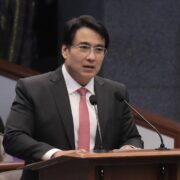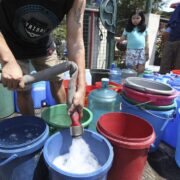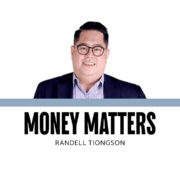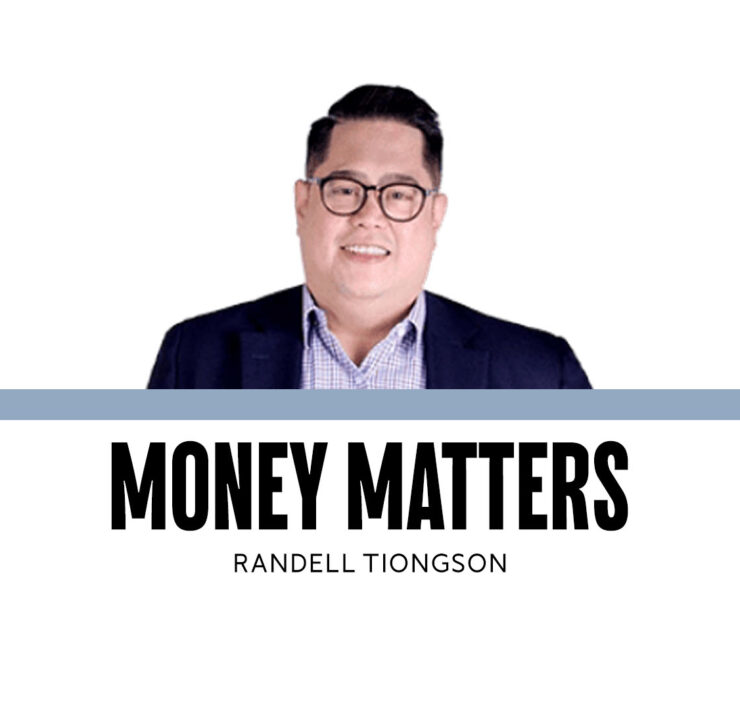Why the real estate market may be heading to a recession
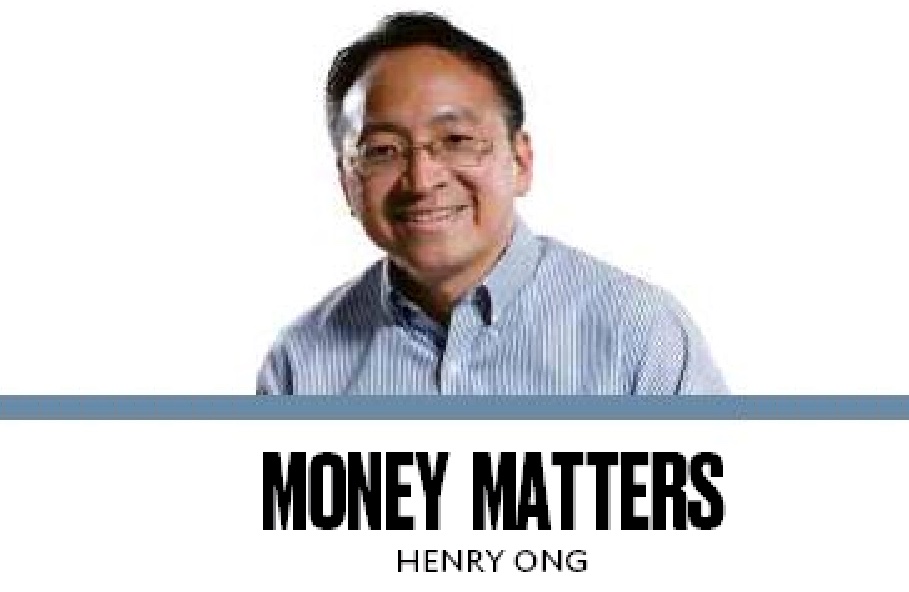
The Philippine real estate sector has been a key driver of the country’s economic growth. For over a decade, it has contributed significantly through investments and job creation.
However, just as every growth story has its limits, the sector is now showing signs of strain, with rising vacancy rates, increasing inventory and weakening demand, which suggest that the market may be nearing a tipping point.
According to British economist Fred Harrison, who famously predicted the 2007-2008 financial crisis, property prices tend to follow a relatively predictable pattern of rises and falls over time.
Based on his research and observations, which spans over 100 years, Harrison concluded that real estate cycles typically last around 18 years on average, although the duration of these cycles can be longer or shorter depending on prevailing economic and social conditions.
Using the real estate cycle theory as a framework for understanding property markets, Harrison explained that the cycle is divided into four phases: recovery, expansion, hyper-supply and recession.
The recovery phase, which begins after the real estate market bottoms out following a crash, occurs when property prices reach their lowest levels while vacancy rates remain high with minimal construction activity.
But as confidence slowly returns to the market, demand begins to pick up, which paves the way for the expansion phase. In this phase, banks become more open to provide financing for real estate projects as property values rise.
This expansion typically lasts for many years, depending on the strength of economic growth, until the market enters the hyper-supply phase, a period when the real estate market becomes overheated.
When property prices peak, demand weakens and vacancy rates rise as the market struggles to absorb the excess inventory. Eventually, the market transitions into the recession phase.
During a recession, the oversupply becomes unsustainable and leads to market corrections. Property prices fall, construction activity slows and developers face financial challenges as revenues shrink, while banks and financial institutions exposed to real estate loans incur losses.
Given the current market conditions, it is possible that we are in the hyper-supply phase of the real estate cycle. A review of historical data from seven major property developers listed on the Philippine Stock Exchange—Ayala Land, SM Prime, Megaworld, Filinvest Land, Robinsons Land, Century Properties and Vista Land—shows a consistent decline in inventory turnover over the past decade since 2014.
The average inventory turnover ratio in the property sector has declined sharply from 0.39 in 2014 to just 0.15 in 2024. This means the time required for the property sector to sell its inventory has risen dramatically from 31 months in 2014 to 82 months, or nearly seven years, by 2024.
Because of slower inventory turnover, the average number of months for the property sector to collect receivables has also increased from 17 months in 2014 to 31 months in 2024.
In a hyper-supply market where demand continues to weaken, developers burdened with unsold inventories might face delayed or partial payments from buyers. To attract buyers, they might also offer longer installment schemes, which further slow the collection of receivables.
This trend reflects the increasing financial pressure on the property sector, as lower receivables turnover signifies slower cash inflows. This limits liquidity and increases reliance on debt to sustain operations, both of which raise the sector’s overall financial risk.
In 2009, when the property sector was in the recovery phase following the financial crisis, interest rates were also high, with the 10-year bond yield at 8.1 percent. However, the implied risk premium was only 6.3 percent, which priced property stocks at an 11.9 price-to-equity (P/E) ratio.
During the expansion phase, which peaked in 2019 when interest rates were historically low at 4.3 percent, the implied risk premium was only slightly higher at 8 percent. This led to a median P/E ratio of 12.9 times for the property sector.
Today, as we enter the hyper-supply phase at a 10-year bond yield of 6.4 percent, the implied risk premium has risen significantly to 22.9 percent. This sharp increase in the risk premium has caused a higher required return for investors, which has reduced the median P/E ratio for the sector to just 4.3 times.
Historically, the hyper-supply phase can last for several years, depending on how quickly the market absorbs the excess inventory. According to this framework, the real estate sector may need to pass through the recession phase before returning to the recovery phase, as the market typically requires a correction period to resolve the imbalances created during hyper-supply.
Given this outlook, the prospect of a recession suggests heightened market volatility in the months ahead. As the real estate sector faces the challenges of excess inventory and weaker demand, addressing these issues will require careful strategic decision-making.
While this period may present considerable risks, it could also create opportunities for well-prepared investors to capitalize on undervalued assets as the market moves toward eventual recovery.
Henry Ong is a registered financial planner of RFP Philippines. Stock data and tools were provided by First Metro Securities. To learn more about investment planning, attend the 110th batch of RFP program this March 2025. To register, email at info@rfp.ph.





